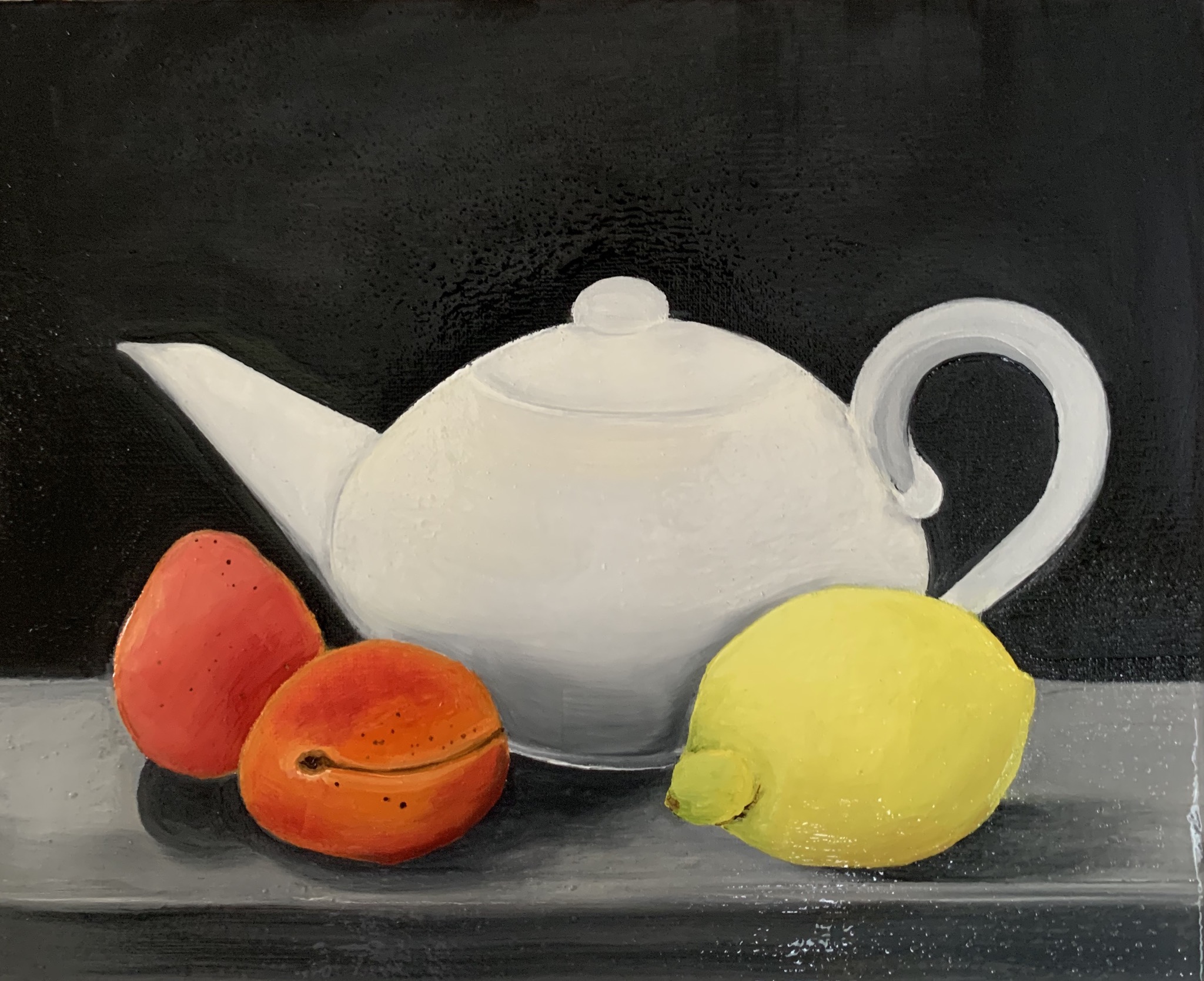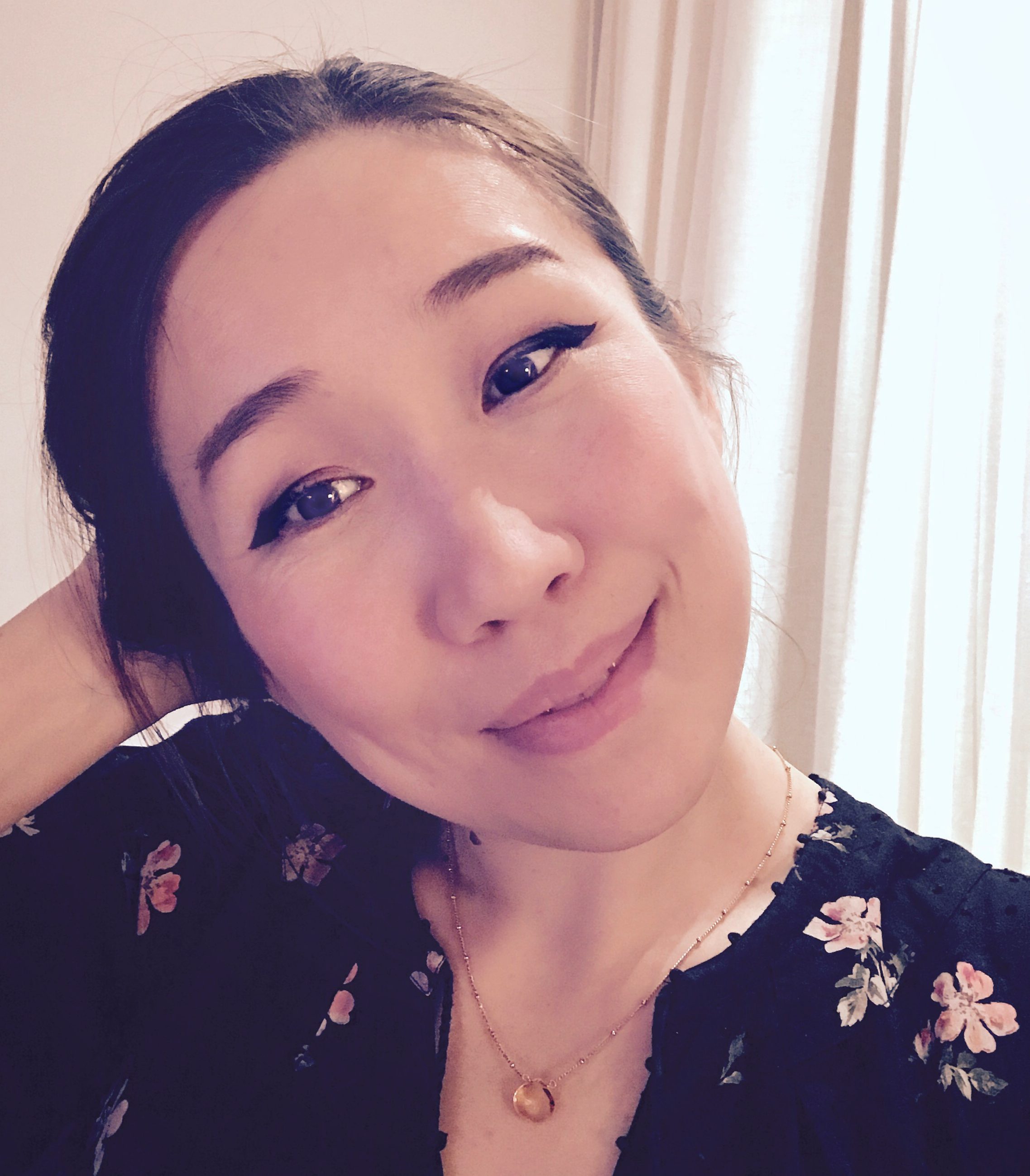Today I started to work on my final assignment in the first part of the course. We were required to do a drawing of still life, landscape or interior and the painting should be “representational- showing what you see-rather than abstract”.
While I was preparing and thinking what and how to paint, I tried to think about my strengths and new challenges I have faced doing all the exercises of this Part 1 of the Painting Course. I also read some books, searched for and watched some good tutorials in YouTube and Instagram created and downloaded by various artists of our days which I follow.
Below are my thoughts and learning outcomes I have made during my work, preparations and thinking about how I should proceed with my final and main exercise of this first part of the Course to make it good and incorporate all my skills and knowledge I have been acquiring doing my studies so far :
My main considerations about what I would like to paint:
1) I decided to paint a still life and not to be overly ambitious (as it was advised) with a number of objects for my still life composition because I have to work on more on my composition and painting skills. I do get easily excited with different objects which have a potential to be a part of my composition but it is very hard for me to paint them at the end. Trying something like that before (check my earlier blog post) I decided to focus on a limited number of objects and to try to end up with a balanced and elegant composition.
I was doing my research about contemporary artists who focus on still life painting and I found out that I feel very attracted to the style of contemporary Dutch artist who’s name is Jos Van Riswick (josvanriswick.com; @josvanr). Even though he is contemporary artist he presents himself as an « artist working on traditional still life and portrait paintings ». Since my first research on still life genre which I did in 2017 doing my Drawing 1 course, I have been very much attracted to Dutch school of still life painting, finding as many other people the artwork of Ambrosius Bosschaert, Bouquet of Flowers in a Glass vase, (Dutch, 1573-1621), oil on copper) as truly iconic. This time I added to my admiration list a “nature morte” painting by Caravaggio « Basket of Fruit » (1594-1599), which is considered as a « masterpiece of fundamental importance » for this genre in art history.
Basket of Fruit, (1594-1599), Caravaggio; image via http://www.arteworld.it

Clementine still life (oil on panel), Jos Van Riswick and Pomegranate still life (oil on panel), Jos Van Riswick. Images are from @josvanr


2) Since I was seeking more knowledge about oil painting and stil life to produce a decent image for this assignment, I tried to read about fundamental theory of oil painting and look for different tips which are so generously given by various different artists on their channels in social networks. At some point I have ended up reading a very good book « Oil painting essentials » written by an artist Gregg Kreutz who is an instructor at the Art Students League of New York and author of the classic instructional text « Problem solving for oil painters ».

I liked his concept of « prime essentials » which really help to understand what you are doing and guide you through the process of studying or creating art. His « prime essentials » concept is a result of his thinking about what is considered to be as a good artwork: an artwork which can be described as « reaching it’s full potential » and i would put it in my own words as: when people can remember the artwork, may be not necessarily an author but the image stays with them. These « prime essentials » are the following as he puts them:
a) « Accuracy: Make sure you accurately depict the subject »;
b) «Design: Arrange a material in a dynamic pattern »; here I would add my understanding of his words as: composition skills a very important. As I understood doing my exercises and research, any good nature morte composition starts much earlier: not when you put your first brushstrokes on canvas, but it actually starts when you design a composition or you can see something around you naturally coming as a composition, what in it’s turn is all about your « sensitivity » and observational skills.
c) « Depth: Make sure the near/far feeling of space is convincing ». Here I would also add my understanding of his term « depth »: it also includes how well you can work with proportions and sizes of the objects. I did struggle with that doing my exercises.
d) « Drama: Intensify the visual energy »
I totally agree with him that « Each of these prime essentials is important, and each needs to be given a full attention by the oil painter ». I used this concept to guide me through my final exercise for this part of the Course.
These factors above have determined my approach in implementation of the final main in Assignment 1 for this Course.
Reference list:
1) « Still life Caravaggio: Caravaggio`s Basket of Fruit »; April 3rd, 2017, Artists, Schools & Periods, theartpostblog.com
2) « Basket of Fruit, 1596 by Caravaggio », caravaggio.org
3) « Food Glorious Food! Fruit in the works of Caravaggio », 14th May, 2017, arthistoryabroad.com
4) « Oil Painting Essentials: mastering portraits, figures, still lifes, landscapes, and interiors »,Gregg Kreutz @2016
Below I describe in more details the technical part of my work and learning outcomes.
1) Design/Composition. I picked up two apricots, a lemon, and a white bone China tea pot, and arranged them balancing my composition, using their different heights as the objects for the composition. It is a very classic, traditional approach to use different height objects so they create a drama where there is dynamic between a large object and smaller objects. I placed the white tea pot at the center of my composition and played with the fruits. It came quite naturally to understand that the apricots should stay together and a lemon should be in opposition to them. I placed the fruits by the sides of the teapot, not at the center view of the teapot because then they would hide the round lines and the shape of the central object of my composition and would not give the shadow to paint.
2) Drama: 2a) The background. I decided to use a very intense black background to enhance my still life creating more dramatic effect bringing contrasting colours of white porcelaine and yellow bright lemon, and deep orange apricots. I deliberately didn’t incorporate any other objects=colours near the teapot because I wanted to create an elegant artwork concentrating on the shape and colour of the largest object which could dissolve if I would put something else behind it such as any ornament, a coloured piece of fabric and etc. Also I am quite a beginner, so I did not want to be distracted by many complex objects and really tried to follow the advices I have read in the book of Gregg Kreutz, where he advices to be selective « on significant criteria » such as « you need to pick up things to emphasize that best enhance the accuracy, design, depth, and drama …… selecting what’s random or trivial weakens an image »;
2b) The shadow. I could not work any evening time and my art space is very well lit with a daylight. Thus the light in my work comes from above and all the shadows are allocated at the bottom part of each object. The most challenging object was a white tea pot. It contained lot of shades on the handle and the lid. Also I wanted it to look smooth because I liked the contrast of textures between apricots and lemon`s skin, and the smooth surface of the teapot. I had to experiment with different kinds of brushes and learn how to not overstroke the object – the tea pot. The fruits were less challenging and very enjoyable to paint. For the apricots I mixed 3 colours (Indian yellow brown, alizarin crimson lake by KC Driebergen NL, madder light Schmincke) and for the lemon 2 colours (cadmium pale and brillant yellow by BLOCKX).
I tried to follow advices I have read about “how to enhance your still life” and focus on the following as well as on the above mentioned: a) “make sure the picture has textural variety”. I picked up an object with smooth cool surface and warm texture of fruits`skin; b) “make sure the picture has size variety”. This I did picking up a large object and smaller ones. C) “mass the shapes”: when I was studying the tonal values of my objects I saw as well that they are not scattered around, they really tend to be separate -lights stay together and the darks stay together.
For my painting I used oil paints by BLOCKX, Old Holland classic oil colours by KC Driebergen NL and oil paints by Schmincke.
What I think about the final result: When I look at the final result I think I did well with the apricots and the handle of the tea pot, the overall composition, may be not bad with colours; shapes of the fruits – and that is it! The lemon is lacking its texture and looks quite flat – it has to be finished in this direction. The overall shape of the teapot is not represented very precisely, I changed a bit the “nose” part – it is less curvy and the body – it is more round rather than oval how it is in reality. I didn’t succeed with the porcelaine at all because I am lacking the technical skills to paint such complex surfaces such as glass and porcelaine. I tried my best but it still looks quite dull to me. This is definitely a very beginner`s work. I need to learn the











